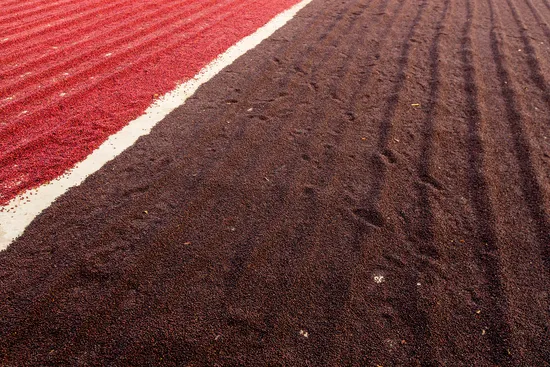Track surfaces are crucial factors in horse racing, as they can influence the overall performance of horses and jockeys. Understanding the different track surfaces is critical for horse bettors to make informed decisions while assessing Singapore Pools odds and fixtures.
With a deeper knowledge of different track surfaces, punters can better assess the participating horses’ performance in races and predict outcomes. This enables bettors to adjust their strategies and maximise their chances of success based on Singapore Pools SG sports odds.
Betting on Dirt Tracks
Understanding the condition of dirt tracks is crucial for horse race betting. Dirt tracks are commonly used as a track surface, and it has been a staple for horse races.
When betting on races on dirt tracks, punters must consider having a thorough analysis of speed figures and pace handicaps. These metrics can provide valuable insights into race dynamics, which are vital for the analysis of recurring trends and patterns and can be helpful in refining betting strategies.
Betting on Turf Tracks
Horse races on turf tracks require strategic ground-saving and timely sprinting, which is why it is vital to consider the jockey’s pivotal role in these races. Jockeys can conserve the runner’s energy and guide the horse to unleash their speed at the optimal time.
Moreover, it is crucial to examine the horse’s strength in turf races, which typically last longer than races on dirt tracks. Endurance is essential for horses participating in turf races. Evaluating the horse’s past performance on long-distance races can provide insights into their stamina and fatigue levels. Experienced horses on turf tracks that reputable trainers also train tend to demonstrate strong endurance in races.
Betting on Synthetic Tracks
When wagering on synthetic race tracks, it is crucial to monitor weather forecasts, even though this type of track can withstand various weather conditions. Observing weather predictions can help gamblers understand the effects of changing climate on the track conditions and adjust their strategies accordingly.
Furthermore, assessing a horse’s past results on an artificial track surface can help identify runners who excel in this type of surface. Look for horses with a track record on synthetic surfaces to see those with high potential to perform well in future races.
Knowing the nuances of horse race track surfaces involves analysing the physical, environmental, and horse-specific aspects. Evaluating factors like track biases and past performance of horses and jockeys can help bettors decide which bets are valuable.

